Architect Raman Sikka’s repertoire is varied and spread across the country. From the recently completed Pradhanmantri Sangrahalaya to the much anticipated World Trade Centre in Delhi, and numerous other prestigious projects including airports, institutions and public infrastructure projects like the Commonwealth Games Village, Raman Sikka is the quintessential architect whose oeuvre spans multiple typologies and disciplines.


Sikka Associates Architects (SAA) was founded by Raman’s father, SR Sikka in 1981. Raman joined his father in 1993; perhaps, for him, being an architect was an inevitable choice. “Having my father as an architect busy with drawings, sites and clients was a strong influence during my childhood. Exposed to his works, I picked up the flair for drawing and sketching quite early and enjoyed getting better at it over the years. Architecture therefore came quite unannounced and seamlessly into my life,” he says, when asked about his decision to pursue architecture as a career. Raman grew up viewing his father’s works across many private residential projects, and then to airport terminals across the country. His awareness and interest in architecture grew alongside his schooling at Modern School, Vasant Vihar. Joining the School of Planning and Architecture Delhi in 1986, Raman went on to complete his BArch with an internship in Singapore under David Chung. His early career under architects Jasbir Sachdev and Sumit Ghosh were formative in learning under these leading masters, and helped define his clear designs and sharp details in the years ahead.
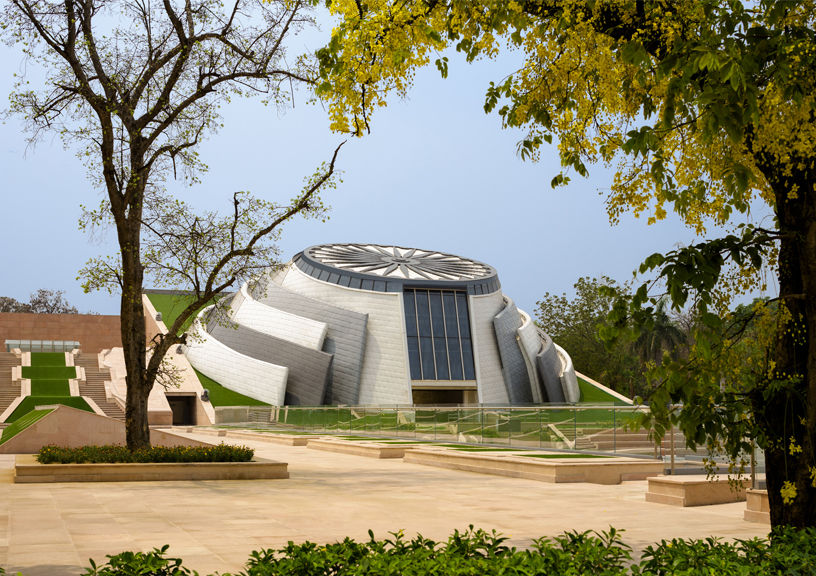
Known for his contemporary and modern design balanced with simplistic and sophisticated architecture, Raman Sikka, has carved an indelible niche for himself over the past three decades. For someone with such an illustrious portfolio, Raman keeps a surprisingly low profile. It’s only when you delve deeper into their practice that you realise how diverse the portfolio is. In fact, the firm has also been listed amongst the world’s Top 100 by the annual listing WA 100 of the British Journal of Building Design. Through his focused approach and distinctive design style, Raman has led his firm to establish a strong foothold beyond borders as well. The firm has by now worked on projects in China, Bhutan, Sri Lanka, Dubai, Abu Dhabi, and Muscat.
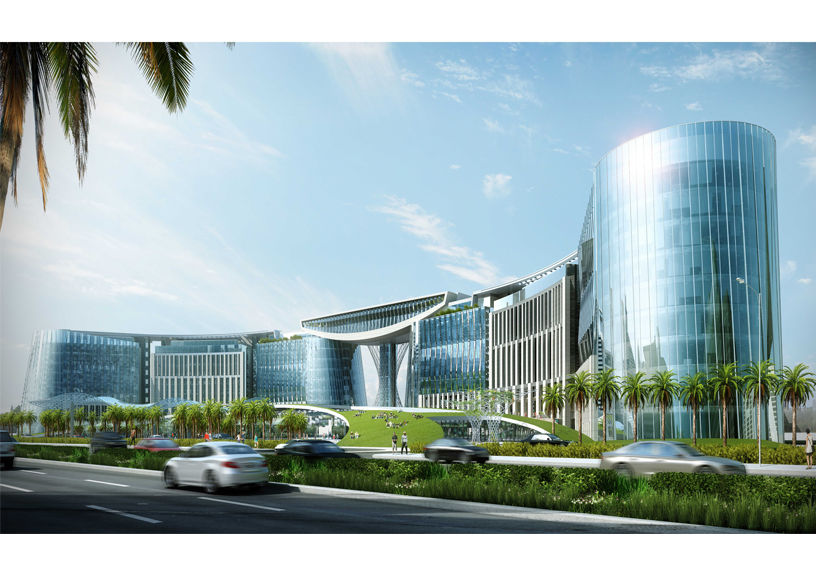
Raman’s father, SR Sikka started his career with the Chandigarh Capital City project along with the Le Corbusier team. After working for over two decades at the Directoroate General of Civil Aviation and planning airports across the country, he founded Sikka Associates in 1981. His expertise in aviation buildings led him to over 25 aviation terminal projects, spanning the length and breadth of India. His passion for programme driven project planning has developed into an expertise in institutional campuses and healthcare projects. He approaches each project as a fresh opportunity to achieve unique and all round solutions. Involved in designing a wide range of civil, institutional and corporate projects, SR Sikka’s work has helped redefine and enhance urban environments with an array of projects at locations all around the country. In an interesting interaction, we chat with Raman Sikka, his father SR Sikka and son Rohin Sikka on the past, present and future of architecture, on how the firm has evolved over the years, and the vision it has for the way ahead.

Seema Sreedharan? (SS): Your father is an architect. Was architecture a natural choice for you? Tell us about your first encounter with design. Do you remember your first project?
Raman Sikka (RS): Having my father as an architect busy with drawings, sites and clients was a strong influence during my childhood. Exposed to his works, I picked up the flair for drawing and sketching quite early and enjoyed getting better at it over the years. Architecture therefore came quite unannounced and seamlessly into my life.
My first experience as an architect was the residence of a dear school friend whose family trusted me and let me design their house just as I completed college. It was remarkable to see each of my design ideas being built at site and it made me realise the importance of design and details.
SS: Sikka Associates Architects was established in 1981. How would you characterise the changes to architecture and practice over the past four decades?
RS: My father established the firm in the early 80s. I joined the firm in 1993. Since then, we have worked on multiple projects—airports, institutions, government projects etc. Things have changed and evolved a lot since we started. Except for the core values of architecture, the entire process & tools of design have changed.
SR Sikka (SR): Things have really changed. Now, there is much more work to do. The scale and the magnitude of projects have multiplied. It is also true that the number of architects to do the work have also multiplied. The profession has a much bigger presence now. Many architectural offices are now bigger establishments. There’s a much wider choice of materials and technologies that expedites the speed of construction.
But there have been some disappointments too. Last decade witnessed a damaging downgrade of the architect’s fee. It has changed from a fixed fee of around 3% to the QCBS system to a ceiling of 0.5%. It ultimately amounts to the selection of the lowest bid. Hence, there is a compulsive need to act for the future of the profession. We also need to think of generations of youngsters entering the profession each year.
As a step towards mitigation, After the financial bids are opened, possibly the mean value of all the bids be calculated & given highest weightage instead of lowest bids getting highest weightage.
With a rational fee, the GOVERNMENT, the PROFESSION, the PROJECT, and the CITY will benefit.
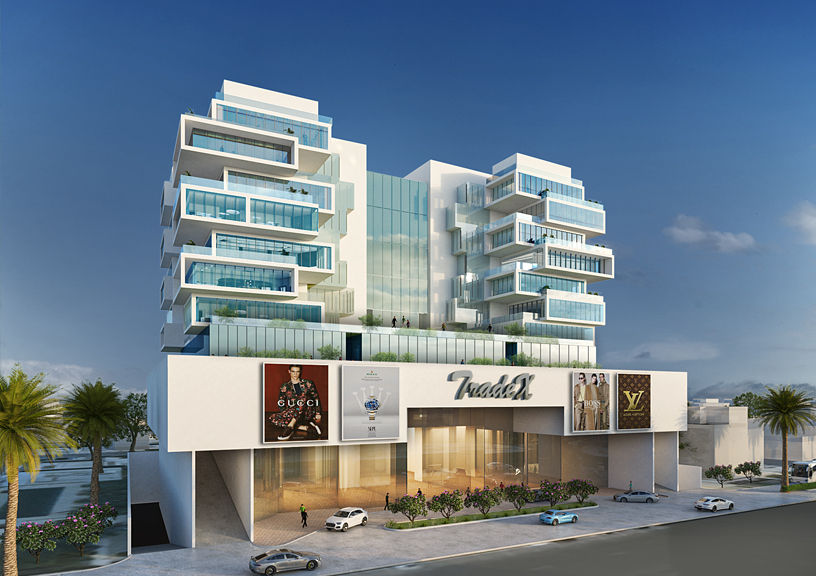
SS: Your project portfolio is extensive; in fact, I noticed many airports. Is there a specific reason for that? Take us through your journey and tell us how you created such an extensive portfolio featuring such landmark projects?
SR: The Airports Authority of India (AAI), who own, build and operate all government airports was formed around 1981. They announced a design competition for their first project, their headquarters, now known as the Rajiv Gandhi Bhawan at Safdarjung Airport. Our office won this design competition. On completion, this building also earned the JK Award for Best Office Building. And that’s how our association with the Airports Authority began. Our office recently completed the third extension of this complex, which was first built in the eighties.
RS: My father’s specialisation in aviation planning and experience with Airports Authority of India helped in continuing architectural opportunities in aviation projects over the next few decades.
I think our breakthrough projects happened right in the formative years. DPS Noida won the JK Award for the Best Educational Building, and Rajiv Gandhi Bhawan won the JK Award for the Best Office Building—putting these projects and our firm on the architectural map of India.
Personally for me, the breakthrough architectural projects have been the Trade Facilitation & Crafts Museum at Varanasi & the Pradhan Mantri Sangrahalaya, & the World Trade Center, New Delhi.
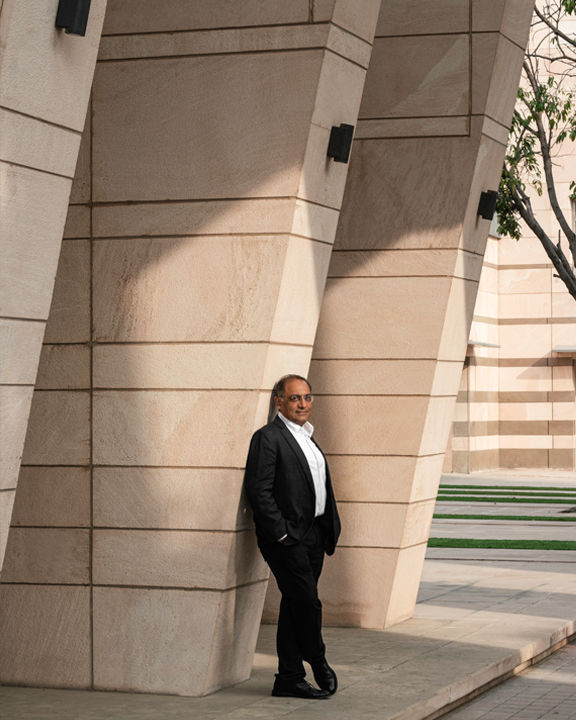
SS: What’s your design philosophy?
RS: For an architect, each project is a different book to write and a new learning experience from writing it. The differences of context, clients, project needs, time, location and architectural solutions, is what makes architecture exciting and uniquely satisfying. Real estate projects build an urban lifestyle solution, institutional projects build a learning environment, public transportation projects bring people together seamlessly, and cultural projects create memories. So, while the projects are varied, but the people that we build for are the same. The opportunity to enhance the quality of lives and to contribute to their development is the common achievement in all architectural works. Hence our motto… LIVE BY DESIGN.
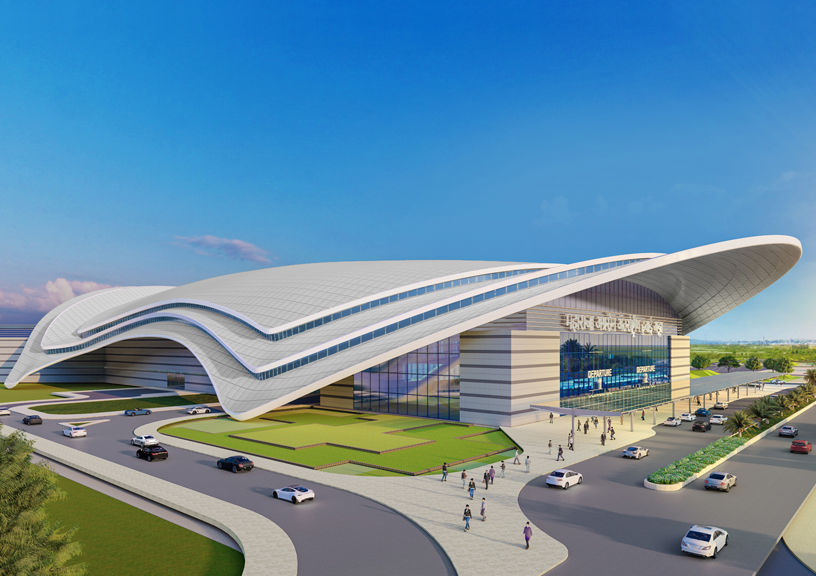
SS: Sustainability is no longer just a choice when it comes to architecture. You work on large scale infrastructural projects. What is your view on sustainability and how have you ensured that you incorporate sustainable building practices in your projects?
RS: As the scale of the projects increase, so does the impact of every design decision on the sustainability of these projects. Our design team always places great emphasis on achieving an optimal master plan first, together with well-planned greens and landscape spaces. Equally important are the design decisions impacting the daily lives of the users—whether it is pedestrian spaces versus vehicular, or hard versus soft landscape spaces, low maintenance and lasting finishes, or making an impact on energy and water consumption etc.
Our design solutions not only stop at achieving only green ratings, but we have a further process of benchmarking our own achievements in various projects to conserve energy, water and other resources, and using the learnings to improve upon these benchmarks in every next project, thereby giving our clients the benefit of our teams’ vast experience to the fullest. A case in point is the Indian Institute of Technology, Ropar, Punjab. The campus is spread over 525 acres. The entire campus is designed along the ‘green lines’ and is Griha 5 certified. The buildings are designed to be about 25% more energy efficient than GRIHA LD base case. The solar roof provides shelter to the central courts. The panels also provide shade to the building below thereby reducing heat gain. Sheltered courtyards modulate daylight and temperature amidst workspaces throughout the year. The east and west façades of the building are made up of cavity walls. Double insulated glass is also used for heat insulation. Street lighting is designed to be almost 80% more energy efficient than the GRIHA LD base case.

SS: You mentioned the Pradhanmantri Sangrahalay as one of your breakthrough projects. Tell us a little more about this project.
RS: The Pradhanmantri Sangrahalaya goes beyond mere architecture and historical narratives. It stands as a testament to the hands that have shaped the nation, representing India’s rise as a global power. The design is inspired by the Dharmachakra on the Indian flag; the museum embodies the spirit of comprehensive development and continuous progress, with the Dharmachakra’s 24 spokes symbolising the nation’s advancement. The museum incorporates cutting-edge design elements and advanced technologies. The lighting design is thoughtfully curated, ensuring that every detail is showcased with utmost clarity, allowing visitors to immerse themselves in the historical journey presented within the museum’s walls.
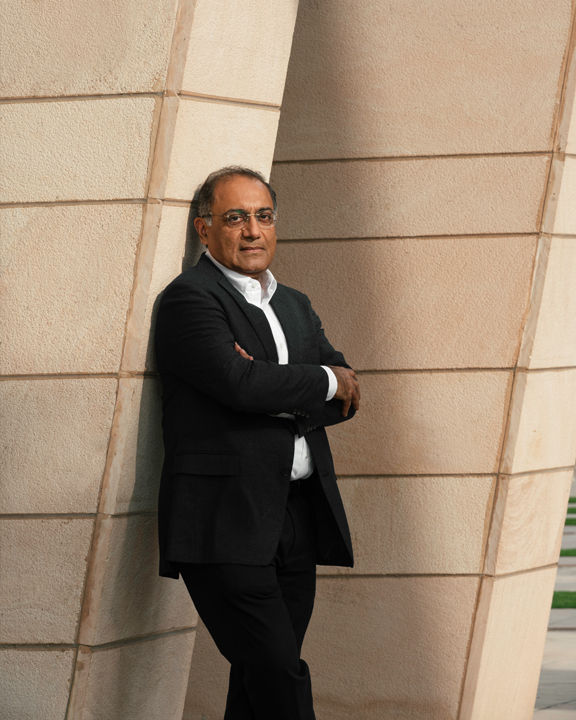
Like all our projects, even the Pradhanmantri Sangrahalaya showcases a range of sustainable features, demonstrating our commitment to environmental consciousness. We incorporated heat pipes for RH control to ensure optimal humidity levels, preserving delicate artefacts and ensuring their longevity. Demand control ventilation and variable frequency drives (VFDs) in air handling units (AHUs) guarantee energy efficiency and an optimal indoor climate, further showcasing the museum’s dedication to sustainability. The construction of the building was executed ensuring that not a single tree is harmed throughout the entire process, so every tree on the site was left undisturbed.
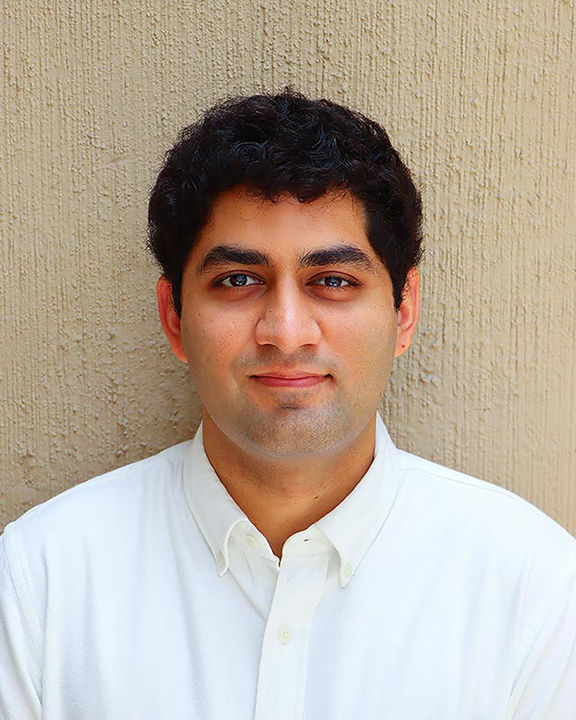
SS: You work on a lot of large-scale projects. Take us through the design process.
RS: Today, our work portfolio is an equal balance between private sector and government works. Irrespective of the nature of projects, what we find most exciting is exceeding our clients’ challenging needs in the design brief and the opportunities for us as designers to add value to the design solution in any given project. Large projects need multiple specialist inputs, as every small decision has a large impact. So, while the process of building a team of such specialists is important, more important is to build a process wherein everyone’s contributions are integrated seamlessly—and timely—leading to a continuously improving and progressing design solution. In this process, both human interface skills and technology tools are vital.
To read the full interview, subscribe to Architecture+Design!
